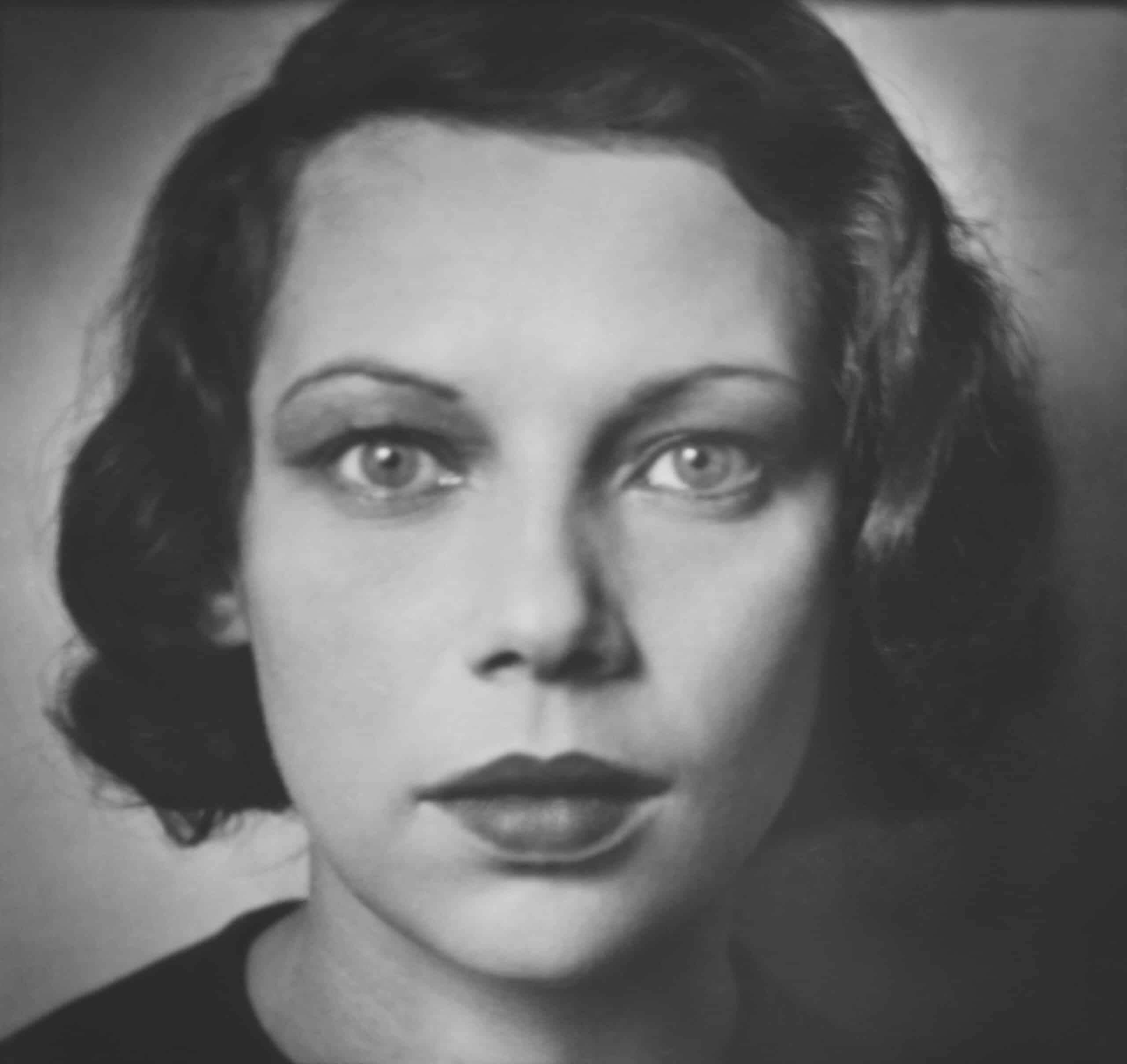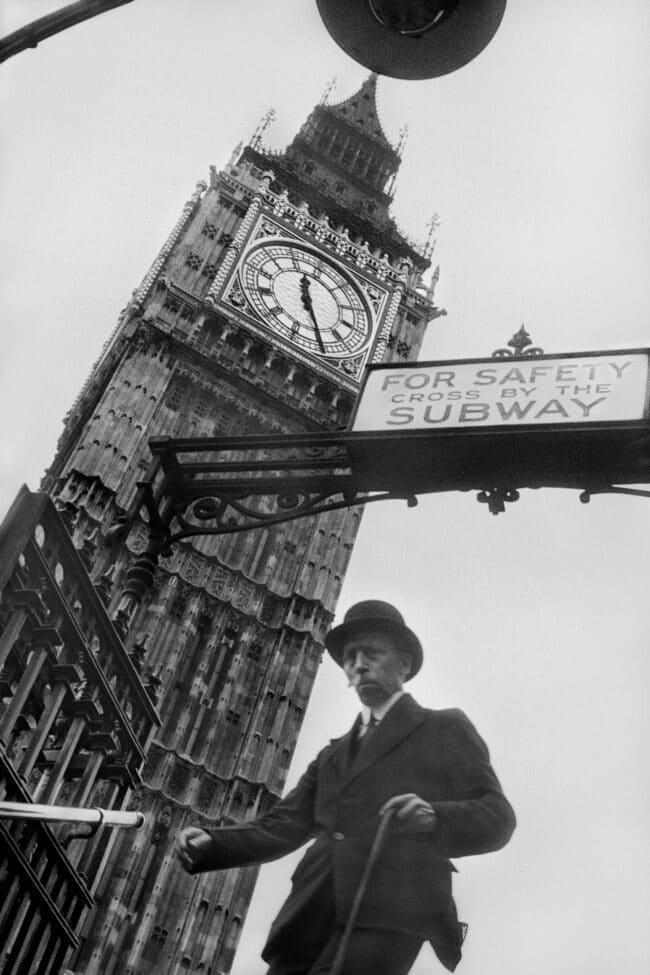In the 1920s and 30s Emil Otto Hoppé (British, German born, 1878–1972) was one of the most sought-after photographers in the world. He spent the first decade of his long photographic career pioneering the art of celebrity portraiture. Breaking with the formal stiffness of the Victorian studio, Hoppé’s early twentieth century portraits depicted leading celebrities including writers such as George Bernard Shaw, H.G. Wells, T.S. Eliot, and Ezra Pound, legendary dancers such as Vaslav Nijinsky and Margot Fonteyn, and royals of the Edwardian era in a shocking new way: they looked natural.
“. . . the triumph of Hoppé’s talent was that he persuades us of something of the complexities of his sitter’s inner life and the intricacies of their biographies . . .” — Lady Marina Vaizey, London, 2012
Hoppé’s studio in South Kensington was a magnet for the rich and famous, and for years he actively led the global art scene on both sides of the Atlantic while also photographing around the globe, making over thirty photographically illustrated books and establishing himself as a pioneering figure in photographic art and photojournalism, set apart from his peers by his international reputation.
Increasingly in the 1930s Hoppé left the studio to make photographs of British street life. These pictures, sometimes funny and often poignant, explored ideas about class and typology that paralleled the writings of his friend, the playwright George Bernard Shaw. Using a hidden camera, Hoppé photographed people at the other end of the social spectrum: sleeping rough, living in hostels, and barely getting by. He also immersed himself in London’s growing immigrant communities. As waves of immigration from Europe, Asia, and Africa turned Britain into a multicultural nation, Hoppé was making its collective portrait. His photographs show a nation with one foot planted firmly in the past, and another reaching toward the future.
Society, Studio and Street brings both sides of Hoppé’s work together for the first time, and marks the rediscovery of Hoppé as a pivotal figure in Edwardian art and photo-modernism.


